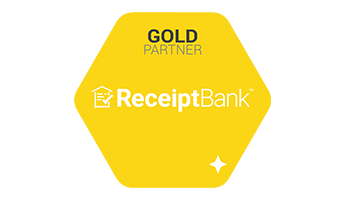
A key part of the government’s plans to get UK business on top of their taxes is its new “Making Tax Digital” process. Are you ready?
Whilst it might be HRMC’s ambition to be the most digitally advanced tax administrations in the world, it is presenting many companies with a new tax headache.
But help is out there and it might not be as scary as you think it might be.
There could even be some positives to the Making Tax Digital way. These fundamental changes to the way the tax system works aim to make the admin side more effective, more efficient and easier for taxpayers to get their tax right.
First step on the digital tax highway is the Making Tax Digital for VAT.
Already, VAT-registered businesses with taxable turnover above the VAT threshold £85,000 are required to follow the rules and turn to software to keep their digital records and submit their VAT returns.
Anyone below the threshold can join voluntarily but by April 2022, they too will be required to submit their returns digitally too.
So it is just for VAT? For the moment, yes. But not for long.
MTD for VAT forms only part of the wider plan to digitise all tax for UK businesses, with Make Tax Digital for Income Tax next on the list.
Following on from the next accounting period starting on or after 6 April 2023, self-employed and landlords with income over £10,000 is next, whilst Making Tax Digital for Corporation Tax provides businesses with an opportunity to take part in a pilot.
However, it is important to note here that its use is not mandated before 2026.
If you are left wondering what you need to do now when it comes to Making Tax Digital, then the best piece of advice is to stay one step ahead and get prepared – even if it doesn’t affect you quite yet.
Now is the time to pick the right cloud-accounting software and to ensure that all of your purchases and sales information is correctly processed.
It is also the time to get the help you need to start you on the right path. Contact Swinton Accountants now.






